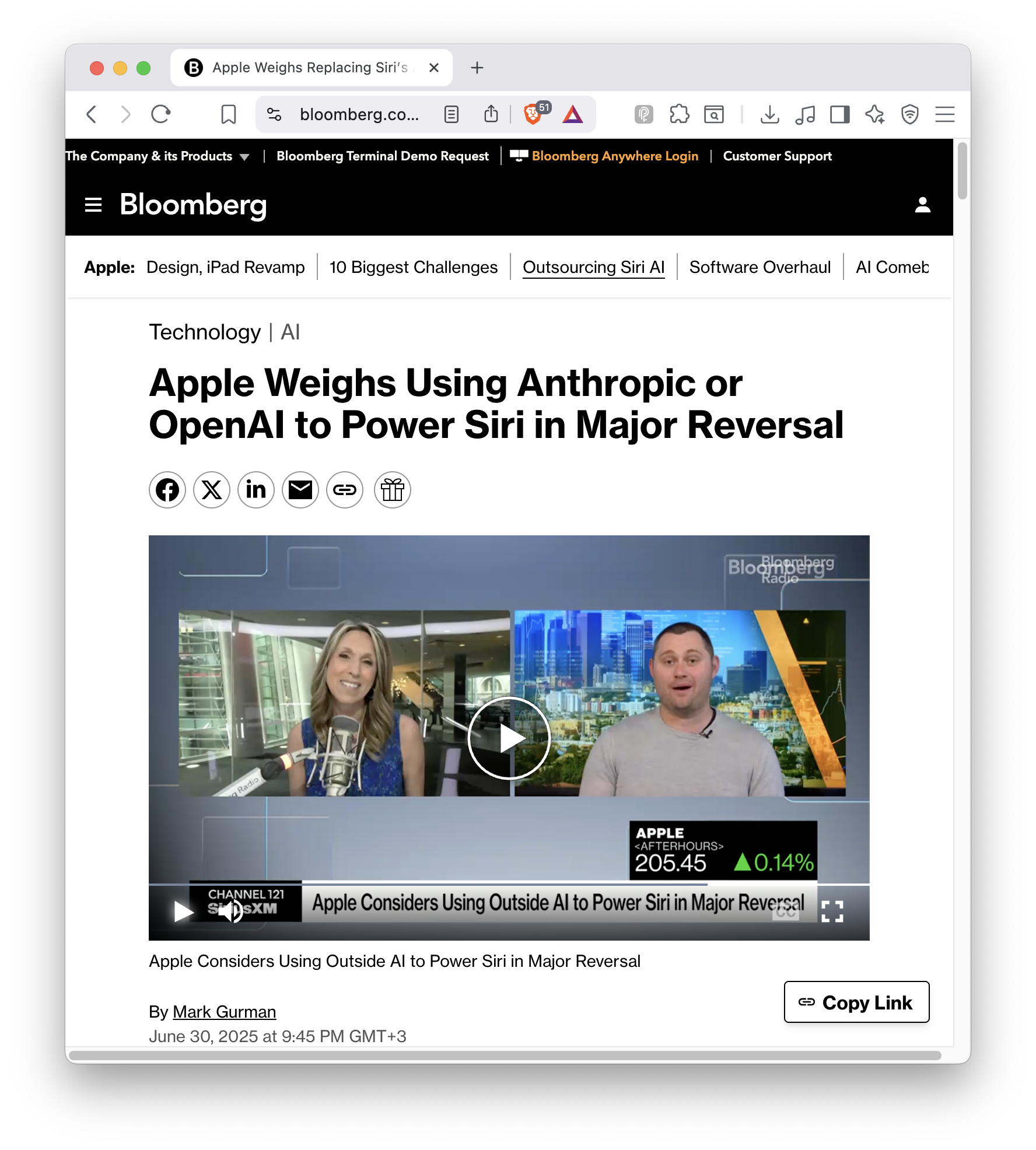
In 1997, Clayton Christensen introduced the world to a concept called the Innovator’s Dilemma, a phenomenal book explaining why well-managed companies often falter when faced with disruptive innovation. Christensen illustrated how incumbents, despite having abundant resources and expert management, get disrupted precisely because they’re great at serving their existing customers and, I would add, making sure the next earnings call it’s super OK. These companies see new entrants and technologies as “toys,” insignificant distractions that don’t match the power, precision, or profits of their current offerings. But the toys evolve. They become useful. And by the time incumbents realize what’s happened, it’s already too late.
Consider Kodak and digital photography. Kodak invented the digital camera, yet dismissed it as a toy. After all, why undermine their lucrative film business for something with inferior quality and dubious market demand? Digital photography improved steadily, however, and soon “good enough” became excellent. Kodak, once a dominant force, collapsed spectacularly. (OK, yes, maybe intentionally because it saw the marging economics of the digital business)
Today, a similar narrative unfolds in the world of artificial intelligence, exemplified by Apple’s struggle with Siri. Siri, once revolutionary when introduced in 2011, has increasingly been perceived as outdated. Despite Apple’s vast resources, their in-house AI models are underperforming relative to competitors like Anthropic’s Claude or OpenAI’s ChatGPT, to name a few. Apple’s predicament is classic Innovator’s Dilemma. Their initial success created organizational inertia. Now, Apple faces a critical choice: cling to homegrown models or pivot externally, conceding its internal shortcomings and acknowledging the reality that external models may offer superior value.
Apple’s potential shift toward third-party AI models from Anthropic or OpenAI signals an acknowledgment that the landscape has fundamentally shifted. Initially, these AI models might have appeared as “toys”, quirky chatbots with questionable accuracy and limited practical applications, which Apple executives in charge of “AI” immediately dismissed. These executives likely saw little threat in off-the-shelf AI solutions, confident in their ability to craft superior, proprietary technology. But the toys improved faster than expected, turning from novelties into necessities, powering sophisticated assistants across devices and ecosystems.
This story parallels the early days of smartphones when market leaders like Nokia dismissed Apple’s iPhone as a flashy toy lacking essential features such as physical keyboards and durable battery life. Similarly, established automakers initially laughed at Tesla, viewing electric cars as expensive or “engineers playing with batteries“, impractical novelties. Both times, the toys rapidly evolved into industry standards, forcing incumbents into costly catch-up efforts, which for many never materialized…yet.
The danger for Apple (and indeed, any large enterprise) is being too attached to sunk costs and past success. Apple’s internal teams, fiercely proud and enormously talented, naturally feel disheartened by the idea of outsourcing core AI technology. Yet this emotional attachment to internal success often blinds companies to external innovation. Apple’s internal engineers, aware of lucrative offers from competitors like META, face both professional and personal dilemmas, potentially leading to talent drains that compound the problem.
Disruption rarely occurs overnight. It emerges slowly, then suddenly. First, easy to dismiss, then impossible to ignore. Apple’s consideration of external AI partnerships means their recognition of this dynamic. This decision would mark a pragmatic response to disruption, turning what was once considered a toy into a vital tool for future competitiveness. When you can’t innovate, you buy innovation.
Yet, the Innovator’s Dilemma doesn’t simply vanish by adopting external technology. Embracing third-party AI might temporarily close the capability gap but risks undermining Apple’s foundational philosophy of tight integration and proprietary differentiation. How long until reliance on external partners reduces Apple’s strategic flexibility? At what point does dependence become vulnerability?
Ultimately, overcoming the Innovator’s Dilemma involves constant vigilance and humility, a willingness to disrupt oneself before others do. Apple’s potential pivot demonstrates awareness of this truth but highlights another challenge: balancing immediate needs against long-term strategic identity. Companies facing disruption must not only spot the toys becoming tools but also manage the complex transition without losing sight of their core strengths.
The lesson here is clear. Toys should never be ignored, no matter how trivial they appear initially. Today’s novelties often evolve into tomorrow’s necessities, reshaping industries and redefining success. Companies that recognize this early and adapt accordingly thrive; those that cling stubbornly to past successes often find themselves rapidly, and brutally, disrupted.




